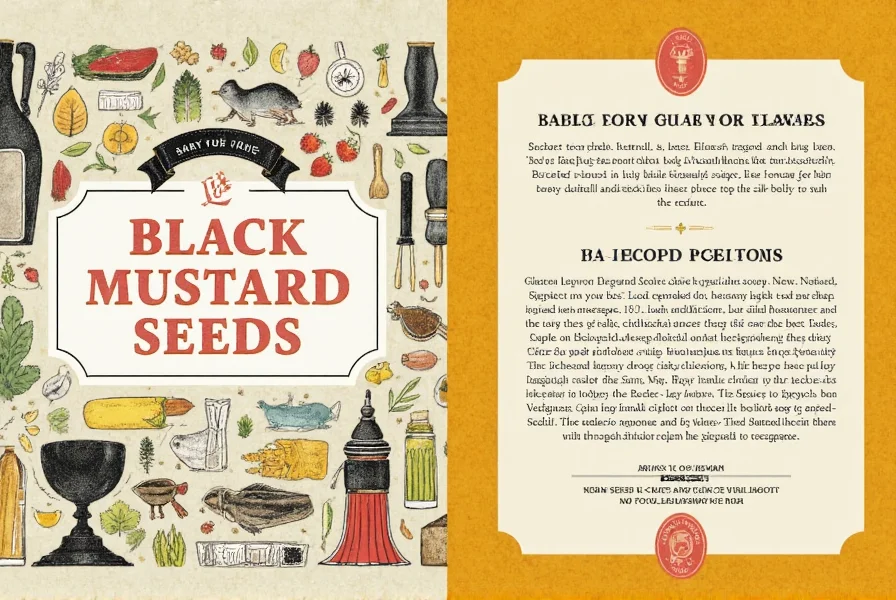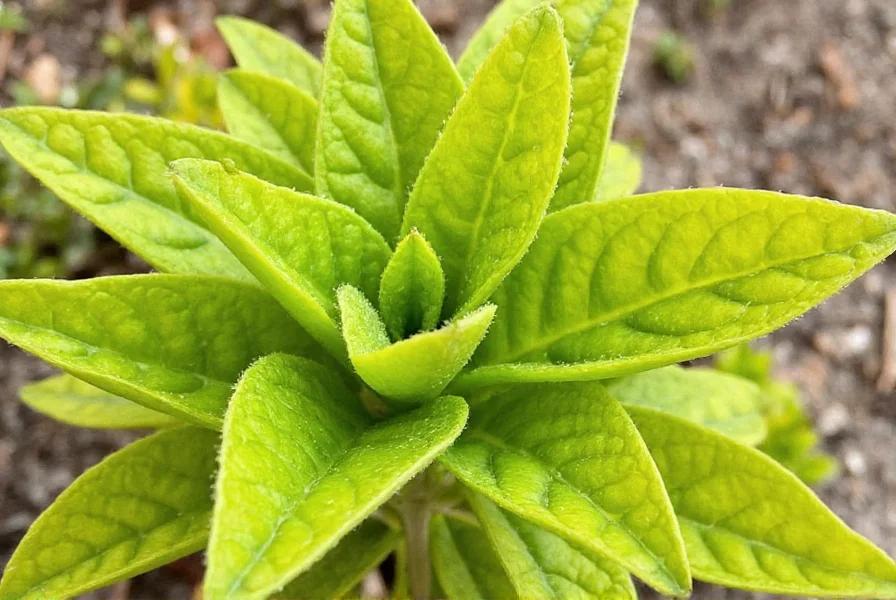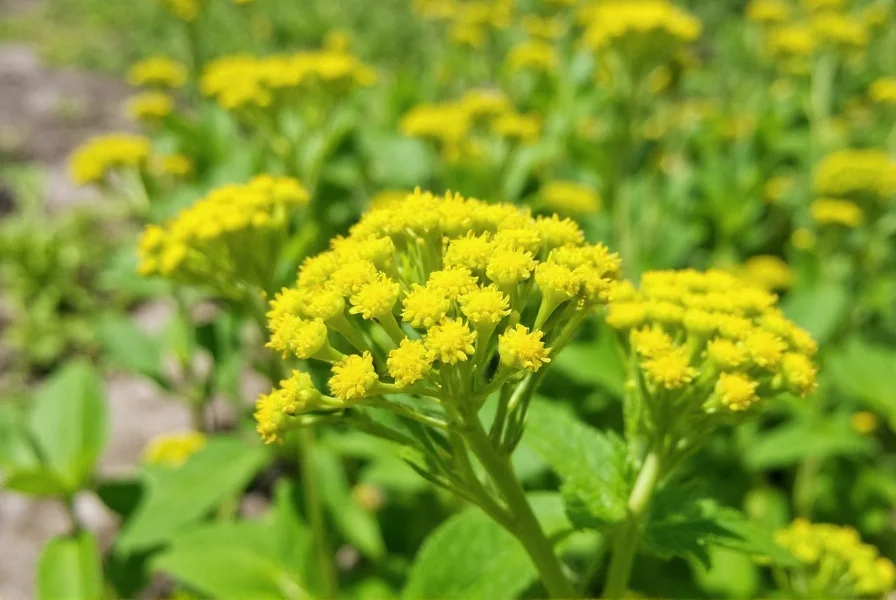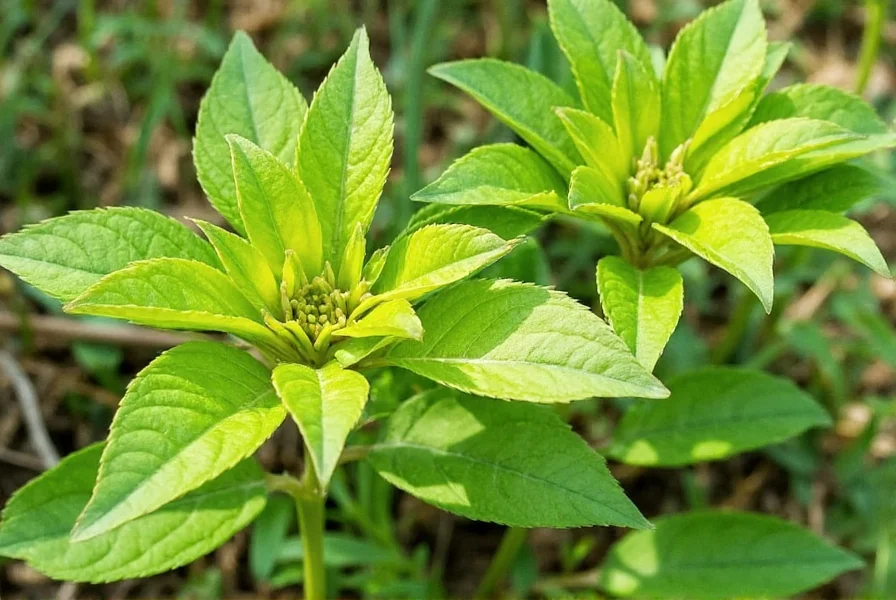Black Mustard Unleashed: 7 Wild Ways the Brassica Nigra Plant Will Spice Up Your Life!
Table of Contents
- Introduction to the Brassica Nigra Plant
- What Is the Brassica Nigra Plant?
- Why This Plant Matters in the Spice World
- How to Grow Brassica Nigra at Home
- Culinary Uses and Flavor Profiles
- Surprising Health Benefits of Black Mustard Seeds
- Buying Guide: Choosing the Best Brassica Nigra Products
- Spicy Tips: How to Use Black Mustard Like a Pro
- Fun Facts About the Brassica Nigra Plant
- Conclusion
Introduction to the Brassica Nigra Plant
If you're into spices, chances are you've come across black mustard seeds. But what exactly makes them so special? Meet the Brassica nigra plant — the powerhouse behind one of the world’s most beloved spices.

Native to the Mediterranean region and South Asia, this hardy little plant has been cultivated for thousands of years. Whether you're a seasoned chef or a curious home cook, understanding Brassica nigra can unlock new layers of flavor in your kitchen. So let’s dive into the spicy, nutty, pungent world of black mustard!
What Is the Brassica Nigra Plant?
The Brassica nigra is an annual flowering plant that belongs to the mustard family (Brassicaceae). It’s commonly known as black mustard and is widely grown for its small, round, dark brown to black seeds, which are used both whole and ground in cooking.
| Feature | Description |
|---|---|
| Height | Can grow up to 6 feet tall |
| Flowers | Small yellow flowers with four petals |
| Leaves | Darker green than other mustard varieties |
| Seeds | Harvested when pods turn brown |
Why This Plant Matters in the Spice World
When it comes to spice plants, Brassica nigra holds a unique place. Unlike milder relatives like white mustard (Brassica alba) or brown mustard (Brassica juncea), black mustard delivers a sharper, more intense heat.

This intensity comes from its high concentration of allyl isothiocyanate, the same compound responsible for wasabi's kick. When dry-roasted or ground, black mustard seeds release complex flavors ranging from earthy to smoky, making them indispensable in cuisines from India to France.
How to Grow Brassica Nigra at Home
Want to grow your own black mustard? You’re in luck! It’s surprisingly easy to cultivate, even in a small backyard garden.

- Climate: Prefers cool to moderate temperatures (10–25°C)
- Soil: Well-drained loamy soil works best
- Sowing: Plant seeds 0.5 cm deep, 15 cm apart
- Watering: Regular but not excessive watering
- Harvest: Pods mature in about 90 days
Culinary Uses and Flavor Profiles
Black mustard seeds are the backbone of countless global dishes. Here’s how they’re used around the world:
| Cuisine | Use Case |
|---|---|
| Indian | Tadka base for dal, pickles, and curries |
| French | Base for Dijon mustard |
| Mediterranean | Added to sauces and marinades |
| Mexican | Used in mole pastes and spice blends |
When heated in oil, the seeds crackle and release aromatic compounds, giving food a rich, toasted nuance. Whole seeds add texture, while ground versions bring heat.
Surprising Health Benefits of Black Mustard Seeds
Beyond flavor, black mustard seeds offer some impressive health perks:
- Anti-inflammatory: May help reduce inflammation and ease arthritis symptoms
- Antioxidant-rich: Loaded with flavonoids and phenolic compounds
- Boosts Digestion: Stimulates digestive enzymes and improves gut motility
- Heart Healthy: Contains omega-3 fatty acids and magnesium
- May Aid Weight Loss: Boosts metabolism when consumed in moderation

Always remember, though, moderation is key — too much can cause stomach irritation due to its potency.
Buying Guide: Choosing the Best Brassica Nigra Products
Whether you want whole seeds, powder, or prepared condiments, here’s how to choose the best quality products:
| Type | Features | Best For | Recommended Brands |
|---|---|---|---|
| Whole Seeds | Uniform size, fresh aroma, no moisture | Cooking, tempering, fermenting | Simply Organic, Frontier Co-op |
| Ground Powder | Pungent smell, dark color, fine texture | Marinades, spice blends, rubs | McCormick, Badia |
| Prepared Mustard | Smooth texture, strong bite, balanced flavor | Sandwiches, dressings, glazes | Grey Poupon, Maille |
Check packaging for expiration dates and opt for organic options whenever possible to avoid additives and pesticides.
Spicy Tips: How to Use Black Mustard Like a Pro
Ready to elevate your meals? Try these clever ways to incorporate black mustard into your cooking:
- Raise Your Tadka Game: Sizzle seeds in hot oil before adding onions or lentils for a flavor bomb base.
- Make Homemade Mustard: Mix ground seeds with vinegar, salt, and honey for a customizable condiment.
- Add to Marinades: Combine mustard with garlic, herbs, and olive oil for bold grilled meats.
- Spice Up Dressings: Whisk in mustard to vinaigrettes for emulsification and depth.
- Try Pickling Magic: Use seeds in brines for vegetables like cauliflower and carrots.
- Experiment with Baking: Add a pinch to savory bread dough for a hidden kick.
- Create Fusion Flavors: Pair mustard with soy sauce, chili, or citrus for international twists.
Fun Facts About the Brassica Nigra Plant
Let’s wrap up with some trivia to impress your friends at your next dinner party:
- 🌿 The ancient Greeks used black mustard as medicine and spice.
- 🔥 Mustard seeds are one of the few spices mentioned in the Bible (Matthew 13:31–32).
- 🌎 It’s believed that black mustard originated in the Middle East and spread to Europe and Asia through trade routes.
- 🔬 A single mustard seed can grow into a full plant in under 3 months!
- 🧪 In Ayurveda, mustard oil is used for massage and detox rituals.
Conclusion
The Brassica nigra plant may be small, but it packs a punch that echoes through kitchens worldwide. From its fiery seeds to its historical significance, black mustard is more than just a pantry staple — it’s a culinary legend waiting to be rediscovered.

Whether you’re growing it in your garden, sprinkling it on your curry, or blending it into a homemade mustard sauce, Brassica nigra adds a spark that can transform any dish. So go ahead — embrace the heat, savor the flavor, and make every meal unforgettable with black mustard!










 浙公网安备
33010002000092号
浙公网安备
33010002000092号 浙B2-20120091-4
浙B2-20120091-4